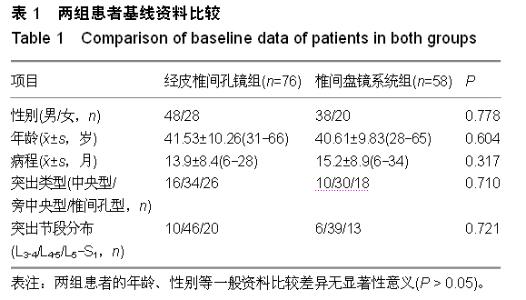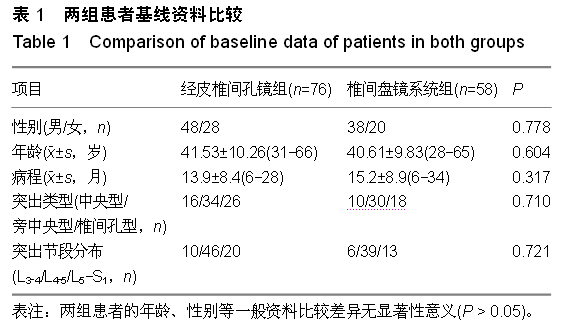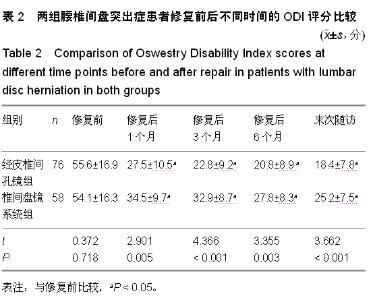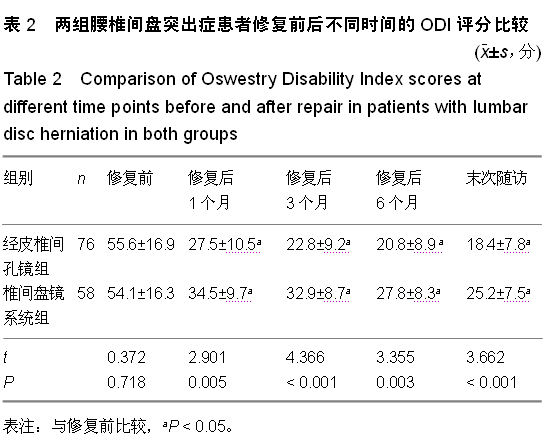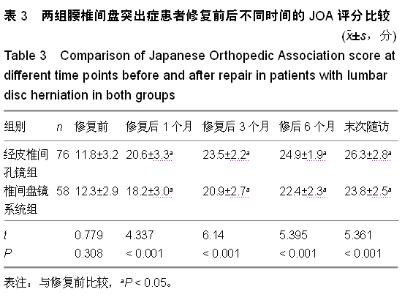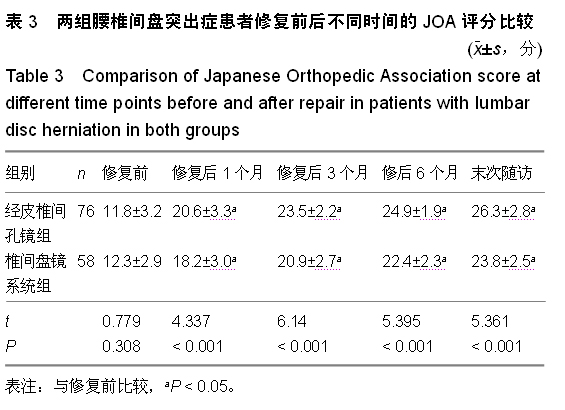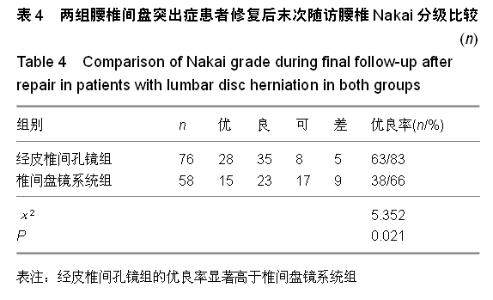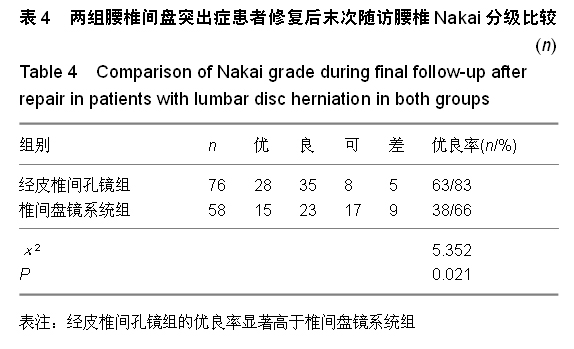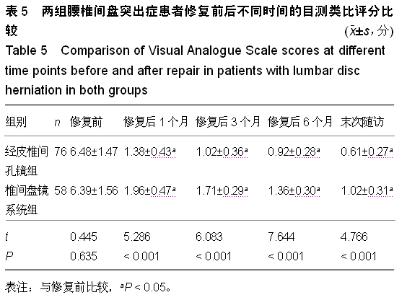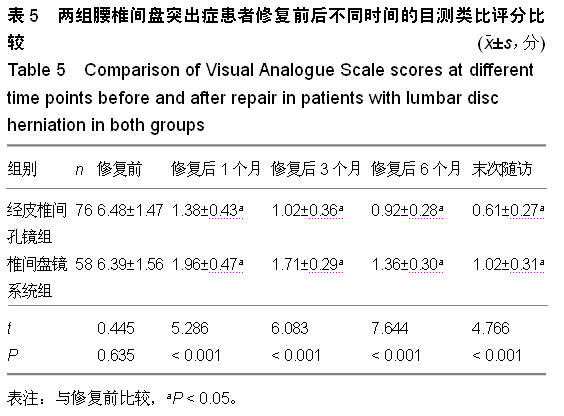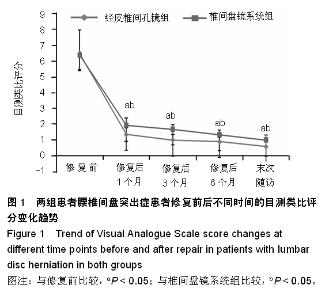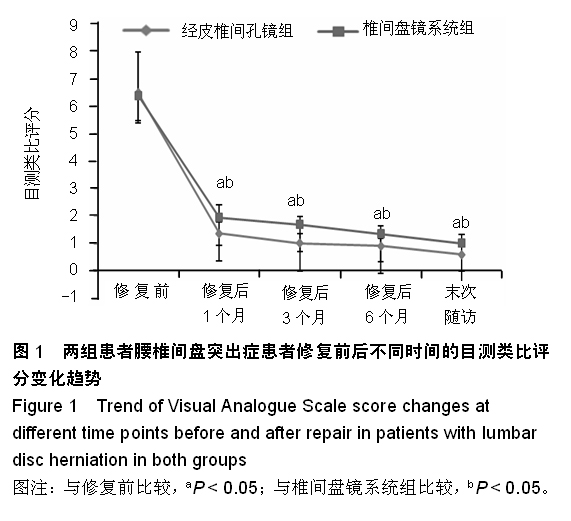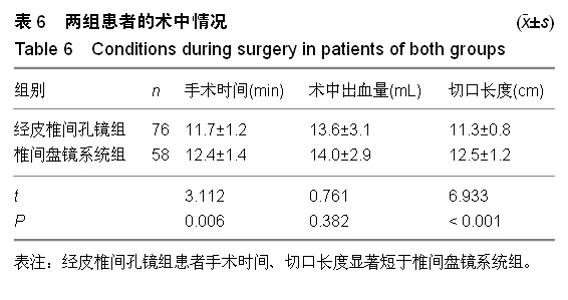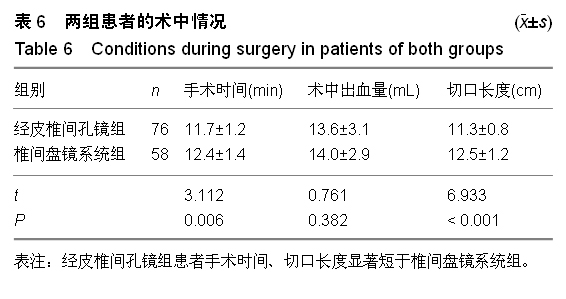| [1] |
Song Chengjie, Chang Hengrui, Shi Mingxin, Meng Xianzhong.
Research progress in biomechanical stability of lateral lumbar interbody fusion
[J]. Chinese Journal of Tissue Engineering Research, 2021, 25(6): 923-928.
|
| [2] |
Yang Qin, Zhou Honghai, Chen Longhao, Zhong Zhong, Xu Yigao, Huang Zhaozhi.
Research status and development trend of pelvic reconstruction techniques: a bibliometric and visual analysis
[J]. Chinese Journal of Tissue Engineering Research, 2021, 25(23): 3718-3724.
|
| [3] |
Zhao Hongshun, A Jiancuo, Wang Deyuan, Xu Zhihua, Gao Shunhong.
Factors affecting the height of early intervertebral space after lumbar interbody fusion via lateral approach
[J]. Chinese Journal of Tissue Engineering Research, 2021, 25(21): 3332-3336.
|
| [4] |
Zhang Chongfeng, Li Xianlin, Peng Weibing, Jia Hongsheng, Cai Lei.
Treating lumbar disc herniation of blood stasis type with Chinese herbs, acupuncture, moxibustion, and massage: a Bayesian network Meta-analysis
[J]. Chinese Journal of Tissue Engineering Research, 2021, 25(17): 2781-2788.
|
| [5] |
Zhang Cong, Zhao Yan, Du Xiaoyu, Du Xinrui, Pang Tingjuan, Fu Yining, Zhang Hao, Zhang Buzhou, Li Xiaohe, Wang Lidong.
Biomechanical analysis of the lumbar spine and pelvis in adolescent
idiopathic scoliosis with lumbar major curve
[J]. Chinese Journal of Tissue Engineering Research, 2020, 24(8): 1155-1161.
|
| [6] |
Tuerhongjiang·Abuduresiti, Meng Xiangyu, Maihemuti·Yakufu, Wang Tiantang, Xieraili·Maimaiti, Dai Jifang, Wang Wei.
Biomechanical advantages of percutaneous endoscopic lumbar discectomy for lumbar disc herniation
[J]. Chinese Journal of Tissue Engineering Research, 2020, 24(36): 5768-5773.
|
| [7] |
Wang Jing, Xu Shuai, Liu Haiying.
Hidden blood loss during posterior lumbar interbody fusion in lumbar spinal stenosis patients with and without rheumatoid arthritis
[J]. Chinese Journal of Tissue Engineering Research, 2020, 24(33): 5307-5314.
|
| [8] |
Wen Yi, Su Feng, Liu Su, Zong Zhiguo, Zhang Xin, Ma Pengpeng, Li Yuexuan, Li Rui, Zhang Zhimin.
Establishment of finite element model of L4-5 and mechanical analysis of degenerative intervertebral discs
[J]. Chinese Journal of Tissue Engineering Research, 2019, 23(8): 1222-1227.
|
| [9] |
Tian Jie, Ru Jiangying.
Preservation of the spinous process ligament complex in expanded decompression of lumbar spinal canal: advantages and disadvantages
[J]. Chinese Journal of Tissue Engineering Research, 2019, 23(8): 1228-1234.
|
| [10] |
Wang Liang, Li Lijun, Zhu Fuliang, Jiang Zhuyan, Wang Shuai, Ni Dongkui .
Cortical bone trajectory screw versus pedicle screw fixation after posterior lumbar interbody fusion: a meta-analysis
[J]. Chinese Journal of Tissue Engineering Research, 2019, 23(8): 1291-1298.
|
| [11] |
Zhou Yu, Liu Yuehong, Liu Shuping, Chen Xi, Qin Wei, Li Qifeng.
Spinal stability of intervertebral grafting reinforced by five or six augmenting screws versus transvertebral grafting reinforced by four augmenting screws for thoracolumbar vertebral fractures
[J]. Chinese Journal of Tissue Engineering Research, 2019, 23(4): 505-511.
|
| [12] |
Li Qingsong, Liu Shaoyu, Yin Zongsheng.
Multiple posterior lumbar interbody fusion and posterolateral fusion instrumentation for thoracolumbar kyphosis and osteoporotic fracture in older adults
[J]. Chinese Journal of Tissue Engineering Research, 2019, 23(4): 512-517.
|
| [13] |
Zhu Aiguo, Zhang Feng, Zhu Jianwei, Jin Guohua.
Anatomic measurement and clinical significance of the lumbosacral nerve roots
[J]. Chinese Journal of Tissue Engineering Research, 2019, 23(4): 573-577.
|
| [14] |
Liu Bin, Liu Xiangyang, Wang Guoping, Shen Xiongjie, Chang Lei, Peng Shuai, Zhang Mingyan.
Measurement of paravertebral muscle indicators on MRI in the patients with osteoporotic vertebral fracture and its clinical significance
[J]. Chinese Journal of Tissue Engineering Research, 2019, 23(4): 578-583.
|
| [15] |
Li Xianzhou, Wang Qian, Zhang Cunxin .
Lumbar spondylolisthesis: status and prospects of implant treatment
[J]. Chinese Journal of Tissue Engineering Research, 2019, 23(4): 621-627.
|
